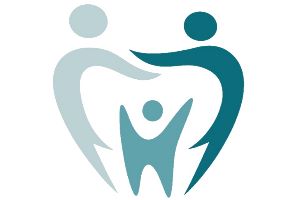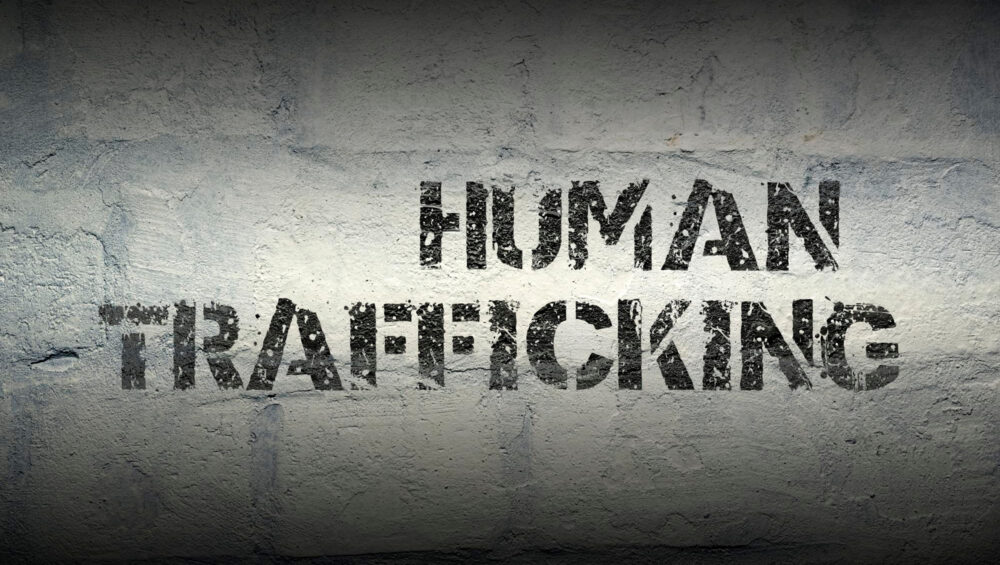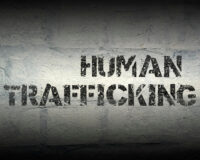Anyone can be a victim of human trafficking, and the most vulnerable are teens.
Not only are youth vulnerable, but significant risk factors also include recent migration or relocation, substance use, mental health issues, being in the child welfare/ foster care system, and being a runaway or homeless youth.
Following drug dealing, human trafficking is the second largest criminal activity in the world. The fastest growing crime globally, it is a $150 billion industry annually.
Traffickers are master manipulators, and they will often identify and leverage their victims’ vulnerabilities in order to create dependency.
Knowledge is power and prevention is key, so we’ve put together a top 10 list of myths surrounding human trafficking.
Myth #1:
Human trafficking is always a violent crime.
Fact:
While this is the most common myth about human trafficking, not all victims are kidnapped or physically forced. In reality, most traffickers use manipulative means, such as emotional abuse, defrauding, tricking, or threatening to lure their victims.
Myth #2:
All human trafficking involves sex.
Fact:
Human trafficking is defined as the use of force, fraud, or coercion to get another person to provide labor or commercial sex. In America, there is a much wider awareness of sex trafficking than of labor trafficking, but experts believe there are more situations of labor trafficking than sex trafficking worldwide.
Myth #3:
Traffickers target people they do not know.
Fact:
Many survivors say they were trafficked by romantic partners, including spouses, and by family members, including parents.
Myth #4:
Only females can be victims of sex trafficking.
Fact:
Sex traffickers mainly lure females, but men and boys are also victimized. LGBTQ males are particularly vulnerable to trafficking.
Myth #5:
Human trafficking only happens in illegal or underground industries.
Fact:
Many cases of human trafficking have been reported in legal industries such as restaurants, cleaning services, construction, and factories, to name a few.
Myth #6:
Human trafficking involves traveling or transporting a person across borders.
Fact:
Often confused with human smuggling, human trafficking does not require any movement whatsoever. Victims of trafficking can be recruited in their cities, neighborhoods, and even their own homes.
Myth #7:
Victims of human trafficking are locked up/ held against their will and unable to leave.
Fact:
While this is sometimes the case, most often the victim stays in the trafficking situation for complicated reasons. Some victims lack the basic necessities to get out such as transportation or a safe place to live. Some are afraid for their safety, while some have been so severely manipulated, they are confused about the severity of their situation and the control of the trafficker.
Myth #8:
All commercial sex is human trafficking.
Fact:
While all commercial sex involving a minor is considered human trafficking, commercial sex involving an adult is human trafficking if the person providing the commercial sex is doing so against her/ his will as a result of force, fraud, or coercion.
Myth #9:
If the victim initially agrees to the trafficking situation, it is not truly a crime because they “knew better.”
Fact:
Even if the person initially consented to commercial sex or a labor setting prior to acts of force, fraud, or coersion, it is not relevant to the crime, nor is payment.
Myth #10:
People in active trafficking situations always want a way out.
Fact:
While every trafficking situation is unique, some victims get caught up in spirals of fear, isolation, guilt, shame, misplaced loyalty, and brainwashing, and therefore, do not seek help or even identify as a victim of trafficking.
Raising awareness is key and a powerful preventative measure against human trafficking.
In 2020 alone, there were over ten thousand situations of human trafficking reported to the U.S. National Human Trafficking Hotline.
As shocking as this sounds, this is likely only a small insight into the growing problem.
Share this blog with others and stay connected to the PCHT website and Instagram for more educational and actionable content to join in the fight against human trafficking.






